Keeping Track of the Past

Once brimming with the bustle and excitement of travelers arriving in the city, the Alameda Depot-District is now home to little more than the clamor of lonely freighters shrieking through the night. Though it is difficult to imagine the train yard that remains today was ever more than a graffiti-stained wasteland, it was once a testament of Western expansion and prosperity.
The Railroad Era of Las Cruces dawned with the arrival of the first Atchison, Topeka & Santa Fe train on April 26th 1881. In 1910 the original wood frame depot was replaced with a building inspired by the Mission Revival architecture movement. Today, the depot stands as a railroad museum.
Passenger service to Las Cruces continued until 1968. By 1988 the railway gave way to cheaper freighting options that could be offered by truck or plane, ceasing local train service altogether. After being purchased by the City of Las Cruces in 1992, the depot resumed freight transportation that has continued under the operation of the Burlington Northern Santa Fe Railroad Company.
A non-operational cargo unit rests on the tracks.
Graffiti litters a private property notice.
“No Trespassing” warnings are posted throughout the depot-district in a feeble effort to keep intruders (and probably photojournalism students) at bay.
The Burlington Northern Santa Fe Railroad Company initials painted on a freight car.
Looking across the tracks at night in the Historic Alameda Depot-District.
The railway tracks provide little contrast against their desolate surroundings.
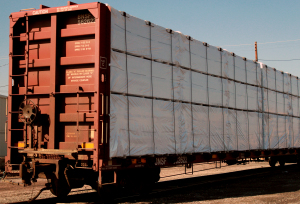
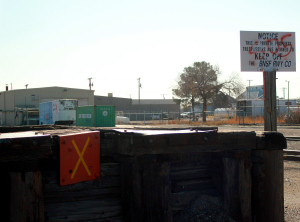
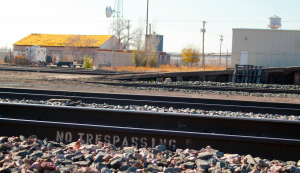
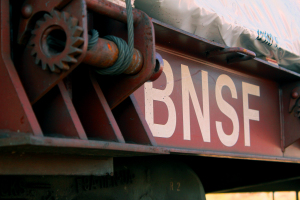
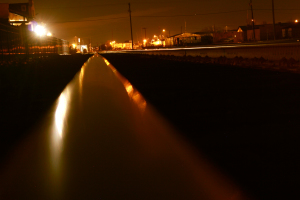
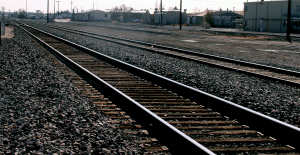

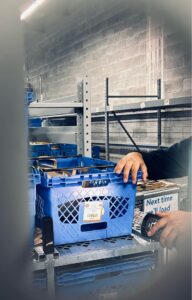



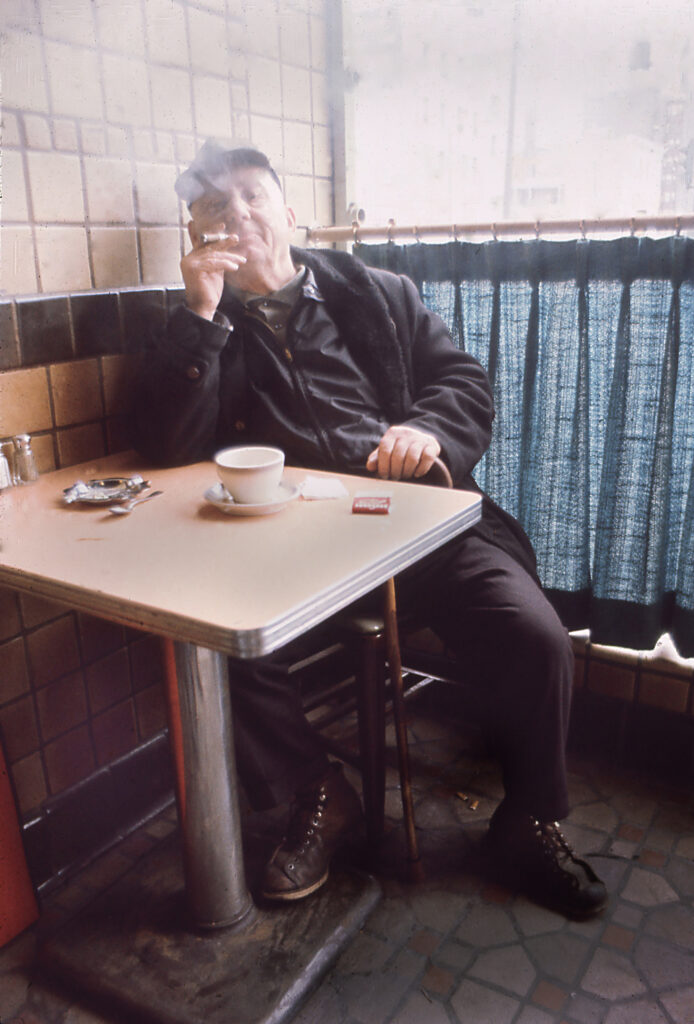
Well written story. Interesting and informative. Nicely done on that. You’re an effective writer.
The photos show more than a one time effort and you are showing a theme: history, a place that has seen better days, abandonment, etc. I like that you kept your “head” on track.
What you are missing -this is obvious to you too I think- is the human element. Although it is long past its hay day, there is always a human element in a National Geographic story. There must be workers that work for the BNSF railroad. There must be residents of the district who have something to say about the trains that pass through. There might even be someone who live around there who remembers the yard, pre 1968, when it was bustling, who could be photographed and interviewed. If all else failed there could have been shots of the railroad memorabilia in the Museum there and tricked that out with photos of some4o of the volunteers who work there (who are usually older, totally enthusiastic about trains and have an an abundance of “character”).
You needed one or two more trips to the yard to get those elements. That’s called “Immersion.” Immersion is what gives a story depth, meaning and richness. If you had added those elements you’d have a National Geo story and assignment.